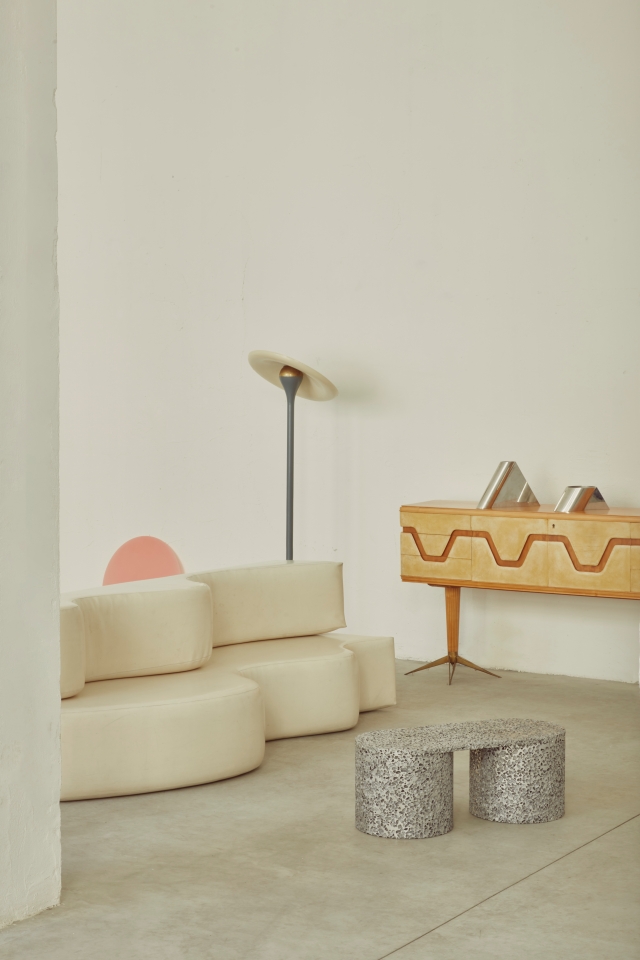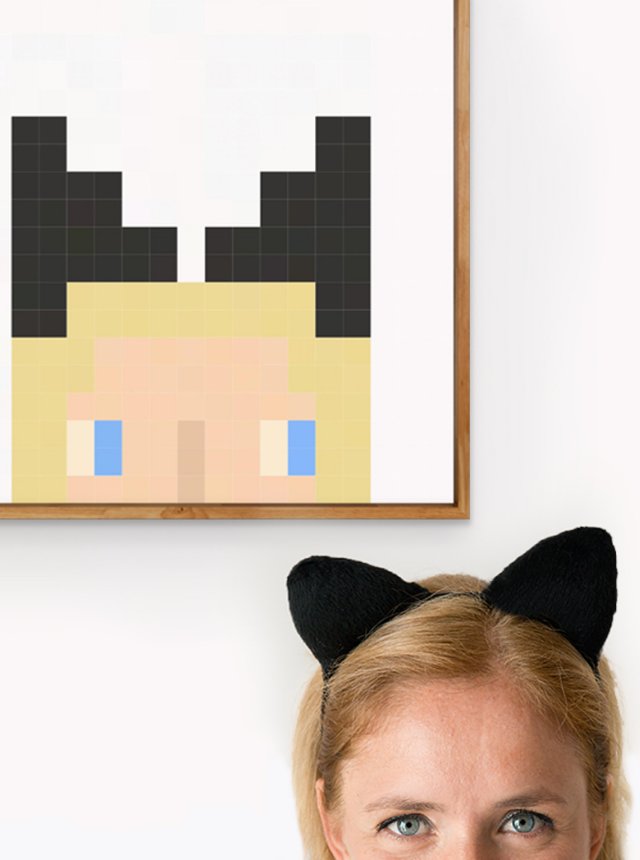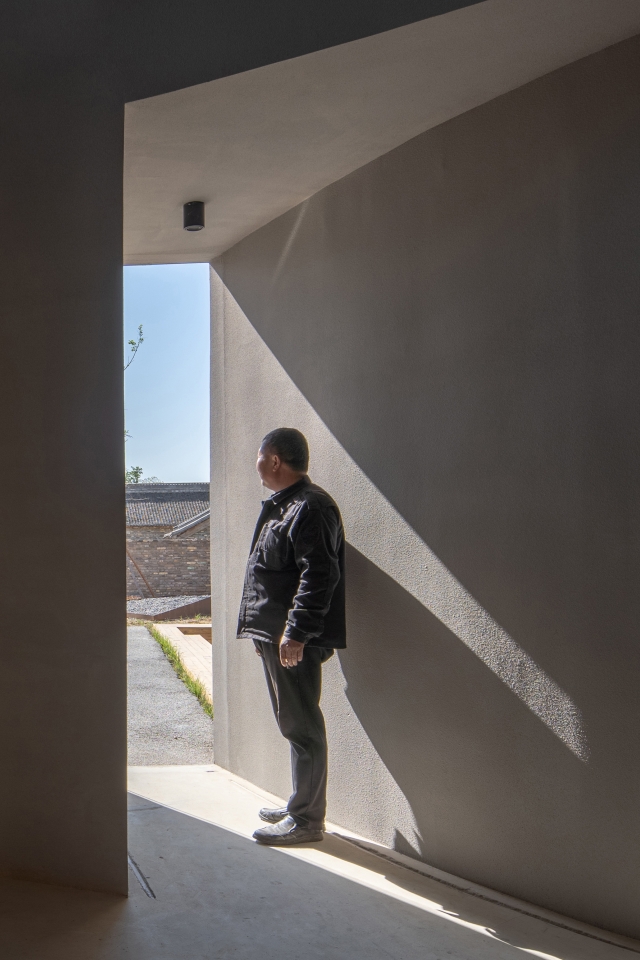Presented by 3812 Gallery, Looking East: St Ives Artists and Buddhism will be the first exhibition to introduce British modern art with reference to eastern philosophy. (Do stay tuned for new dates as the show has been postponed due to the ongoing COVID-19 crisis.) Once a small fishing village in Cornwall, southwest England, St Ives has long been a hub for artists from all walks since the 1920’s. To celebrate the creativity St Ives has nurtured, 3812 Gallery Hong Kong is delighted to present works of its post-war abstract artists, with a glance back at the 1920’s and 1930’s. The exhibition will feature an array of artists, from Hong Kong-born Bernard Leach to the great Buddhist scholar D.T. Suzuki, and display multi-media works from stoneware to oil paintings to collage. In doing so, it traces the early conversation between the east and the west in a war-stricken world, particularly how the Buddhist principles advocated by early St Ives artists have inspired works that came after. The exhibition also features an audio conversation between Philip Dodd, Director of London's Institute of Contemporary Arts (1997-2004), and Chris Stephens, Director of the Holburne Museum.
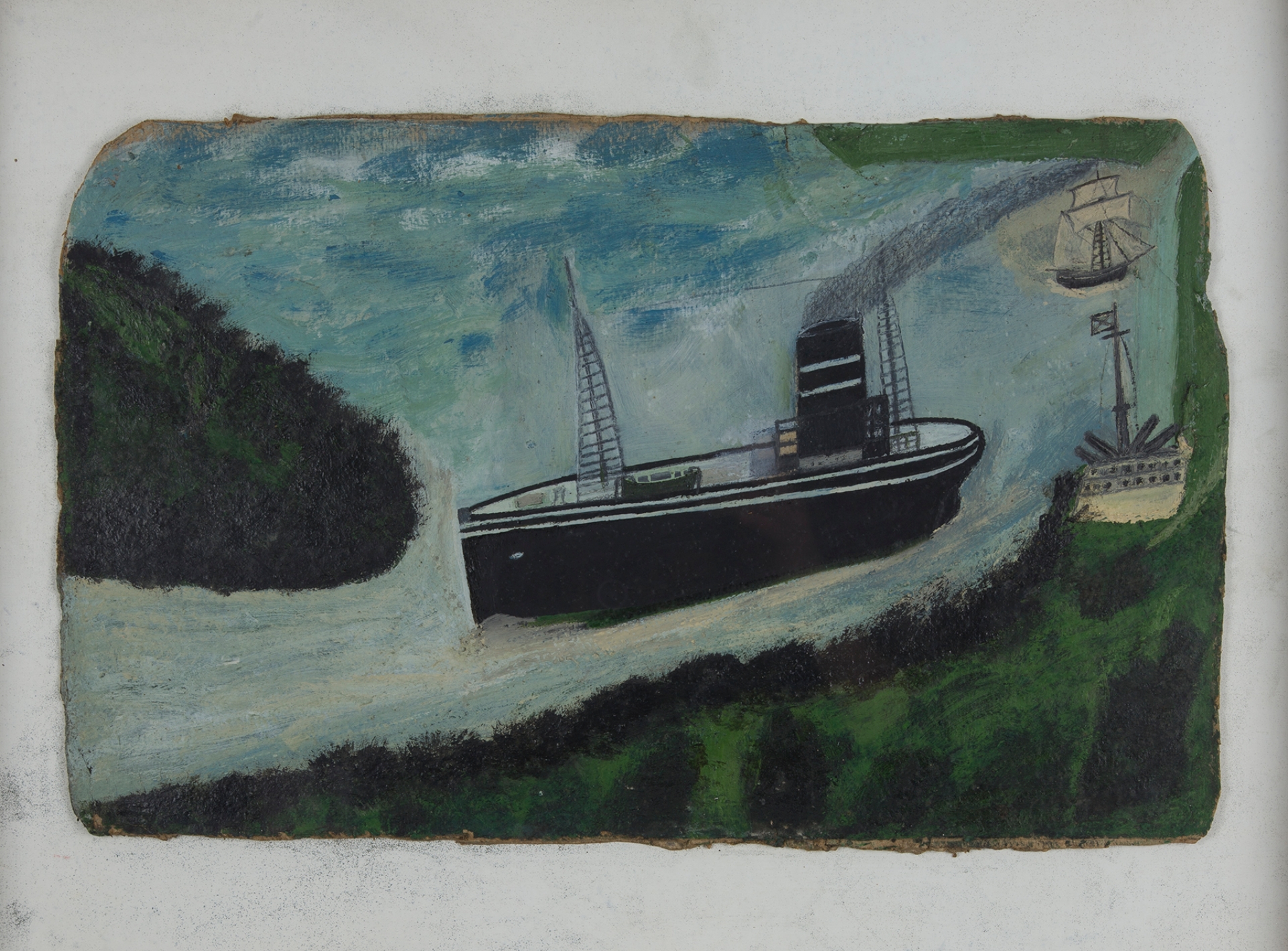
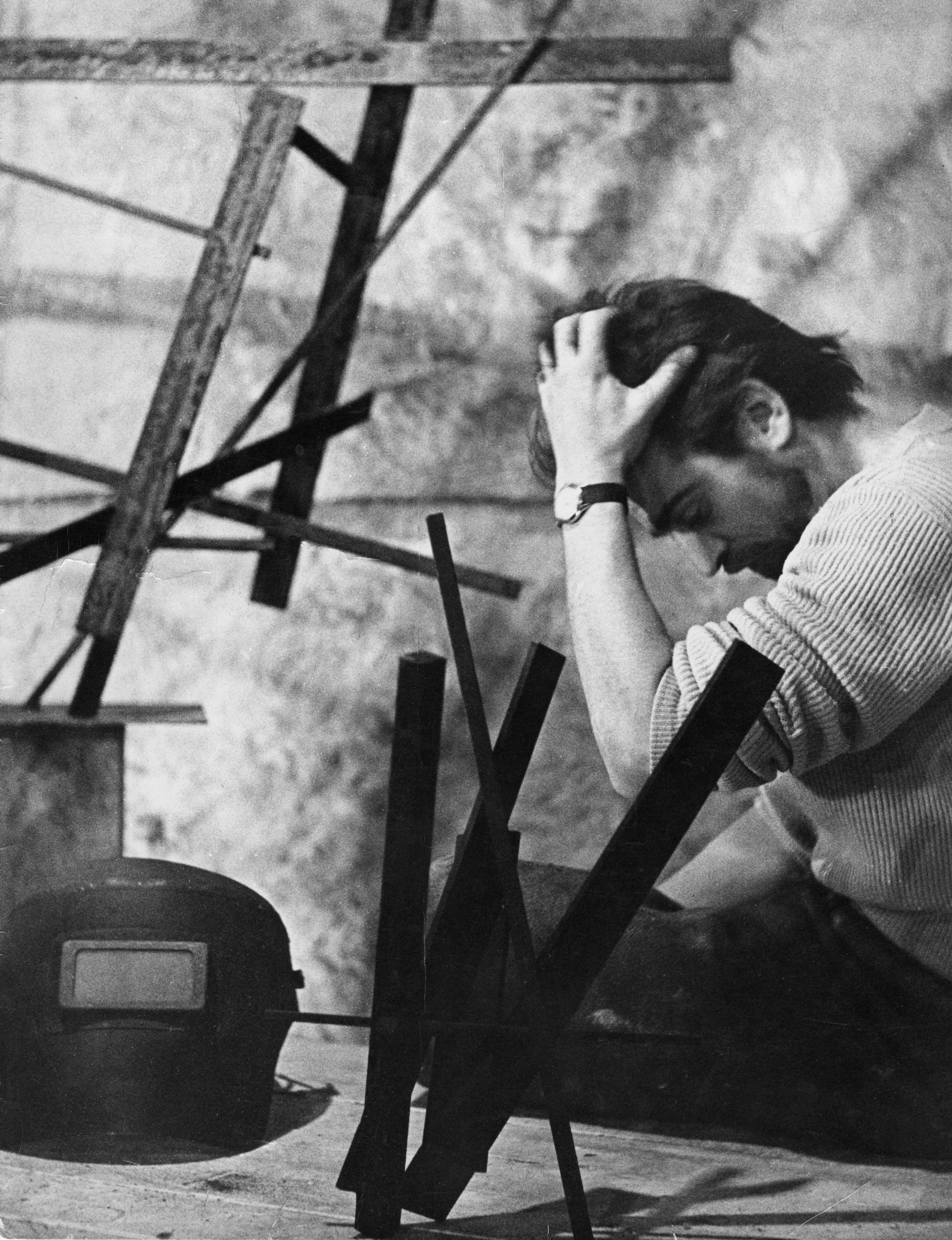
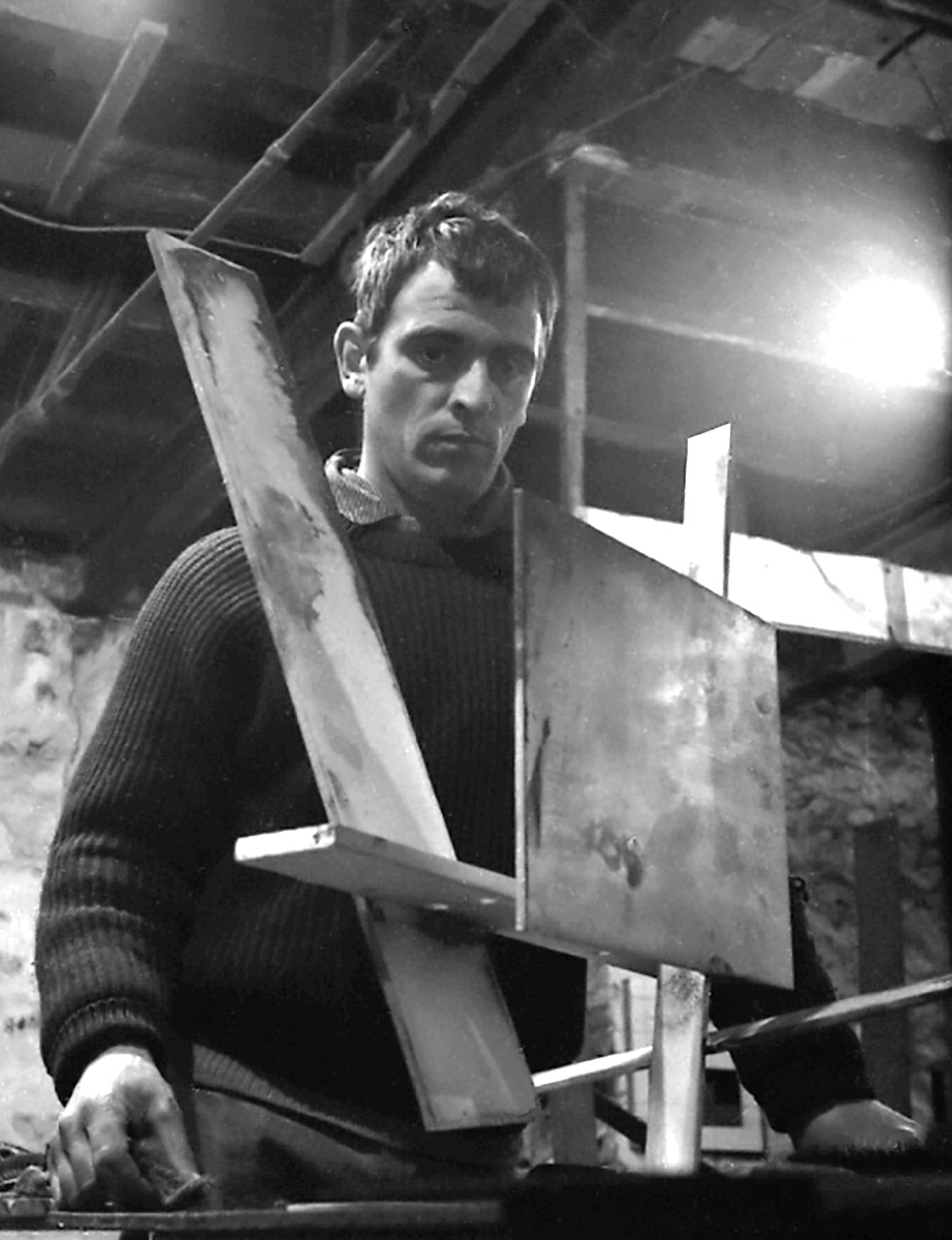
Says Calvin Hui, director at 3812 Gallery Hong Kong, “We hope this exhibition reintroduces and rediscovers the attributes of spirituality in art and how eastern influence took place in St Ives and shaped a new facade of post-war British modern art in Asia.”
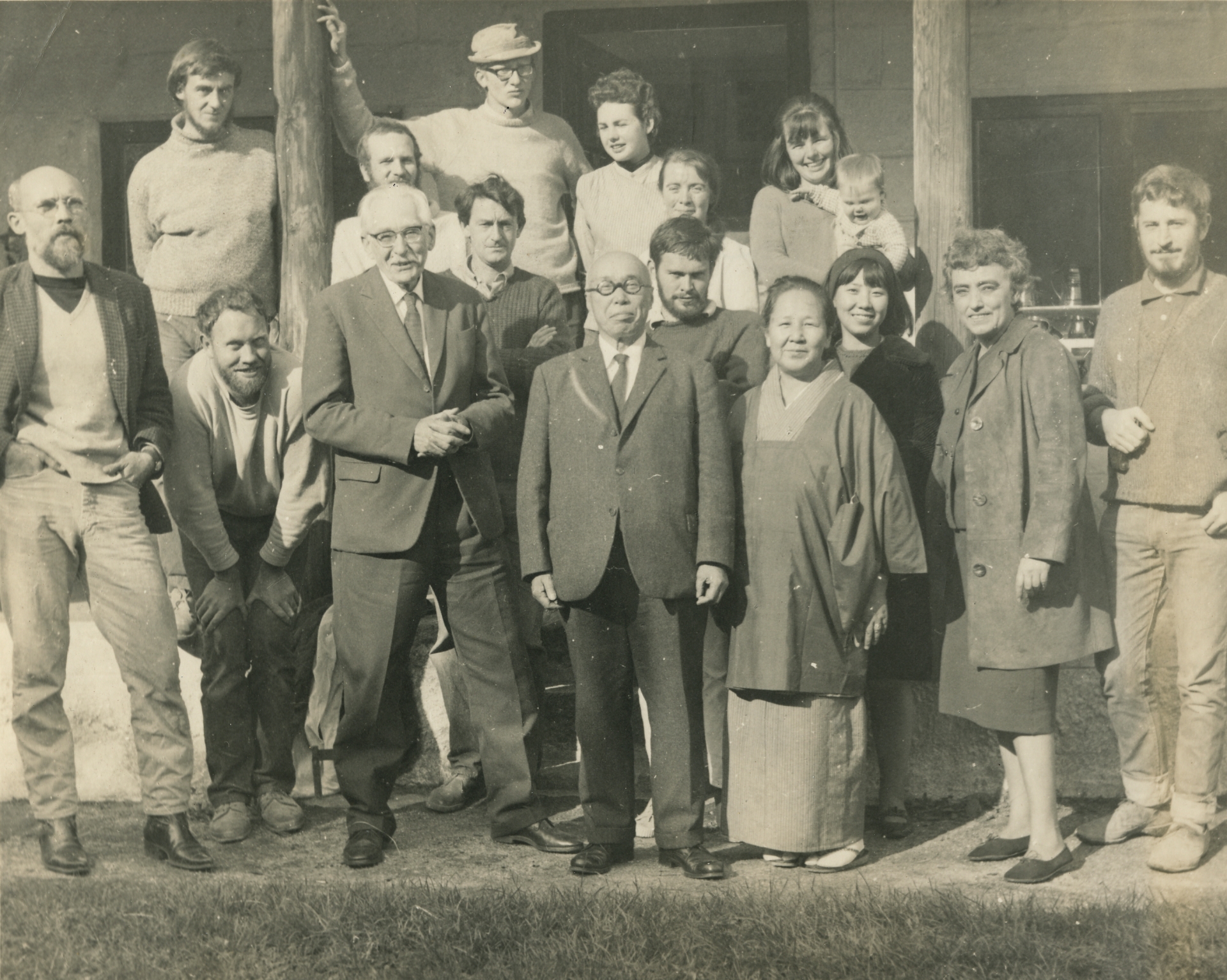
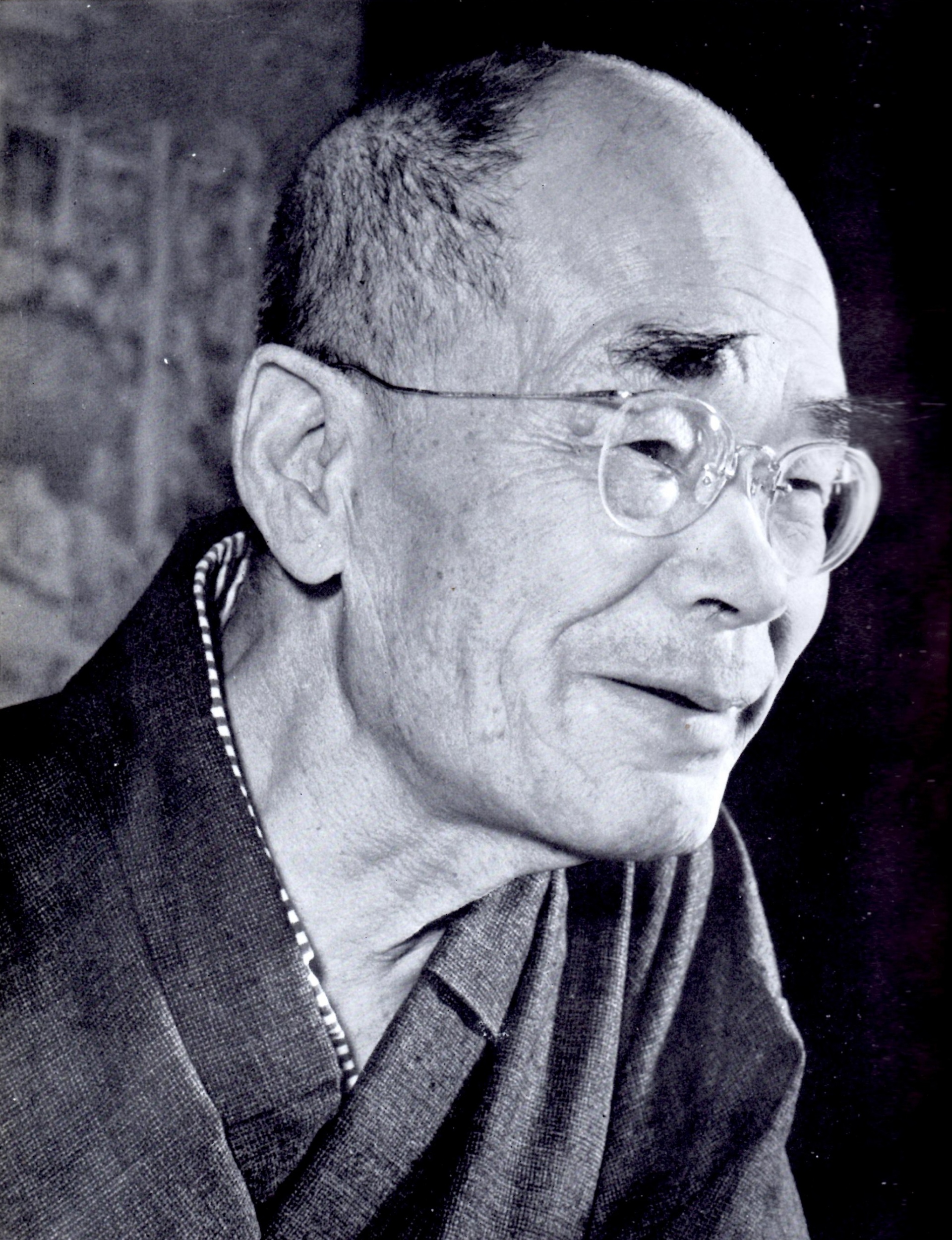
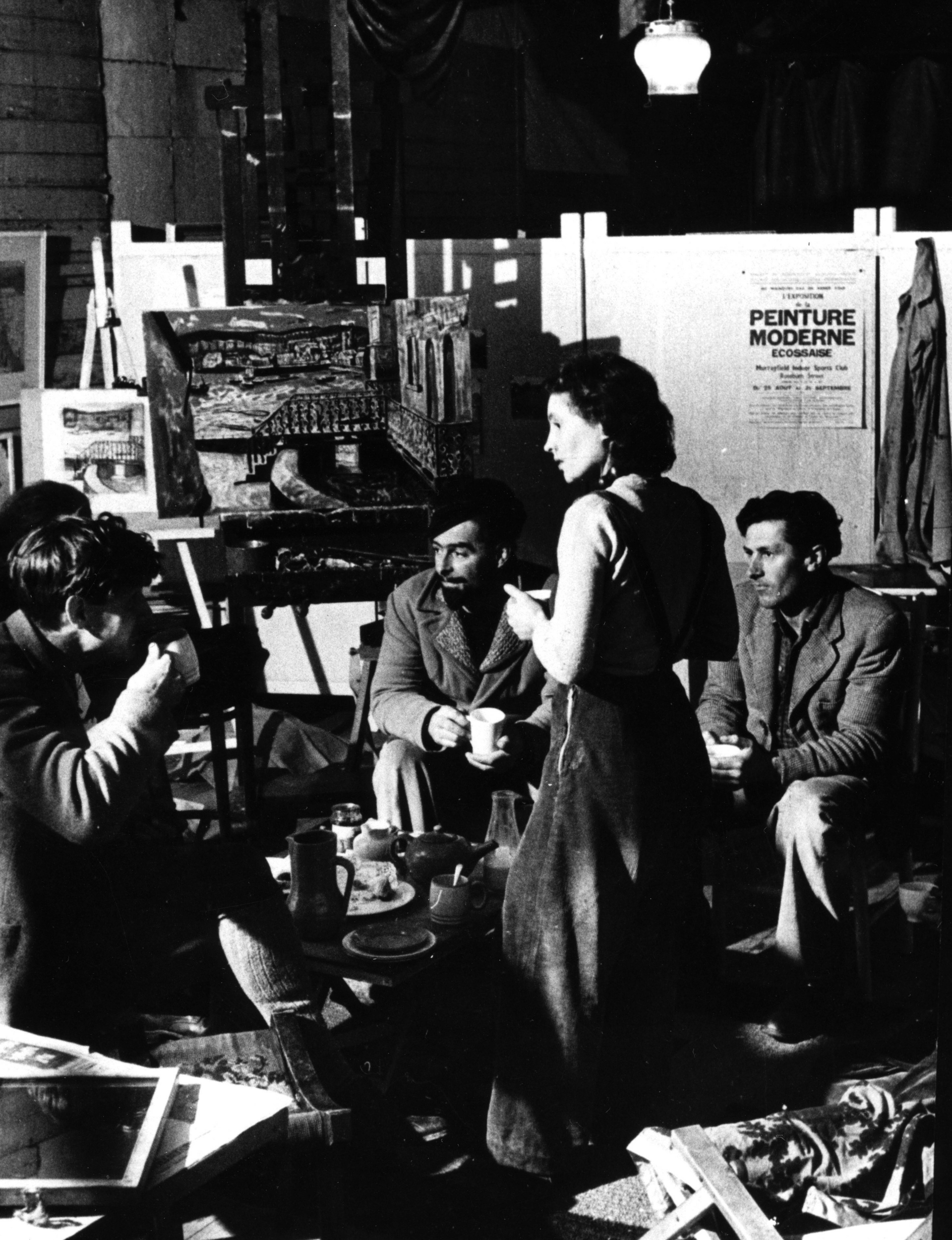
After 1945 there was the dream of a better world and that art could contribute to it. During World War II, artists were allowed to access non-western books and ideas. While nationalistic sentiments rode high, some pacifist artists embraced internationalism and modernism. For forty years and more, avant-garde and modern artists from Hong Kong, Russia, Japan and different parts of Britain, lived and worked, arrived and departed from St Ives. These artists were part of a larger movement of artists across Europe who left metropolitan centers to discover different ways of life and experiences.
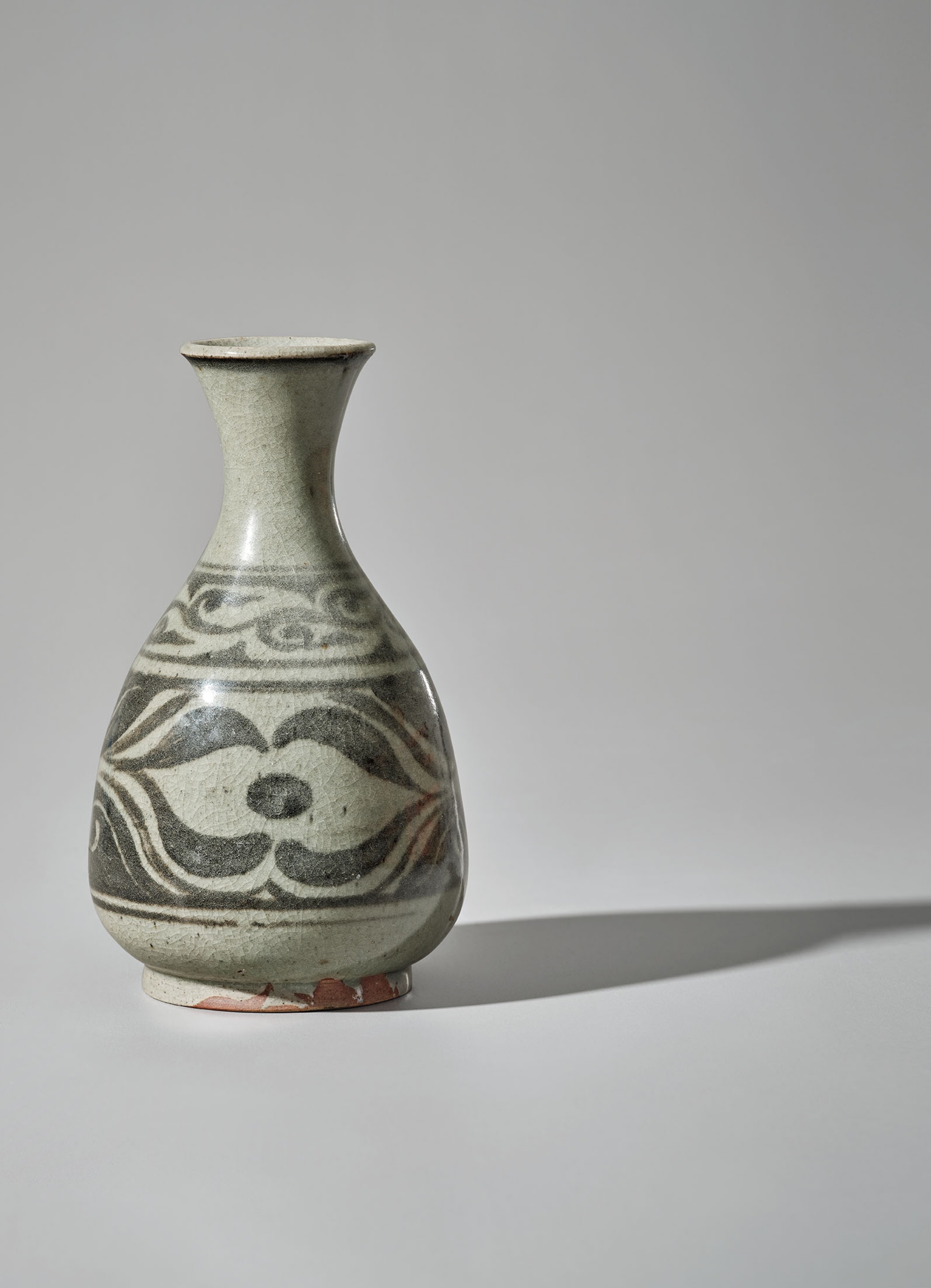
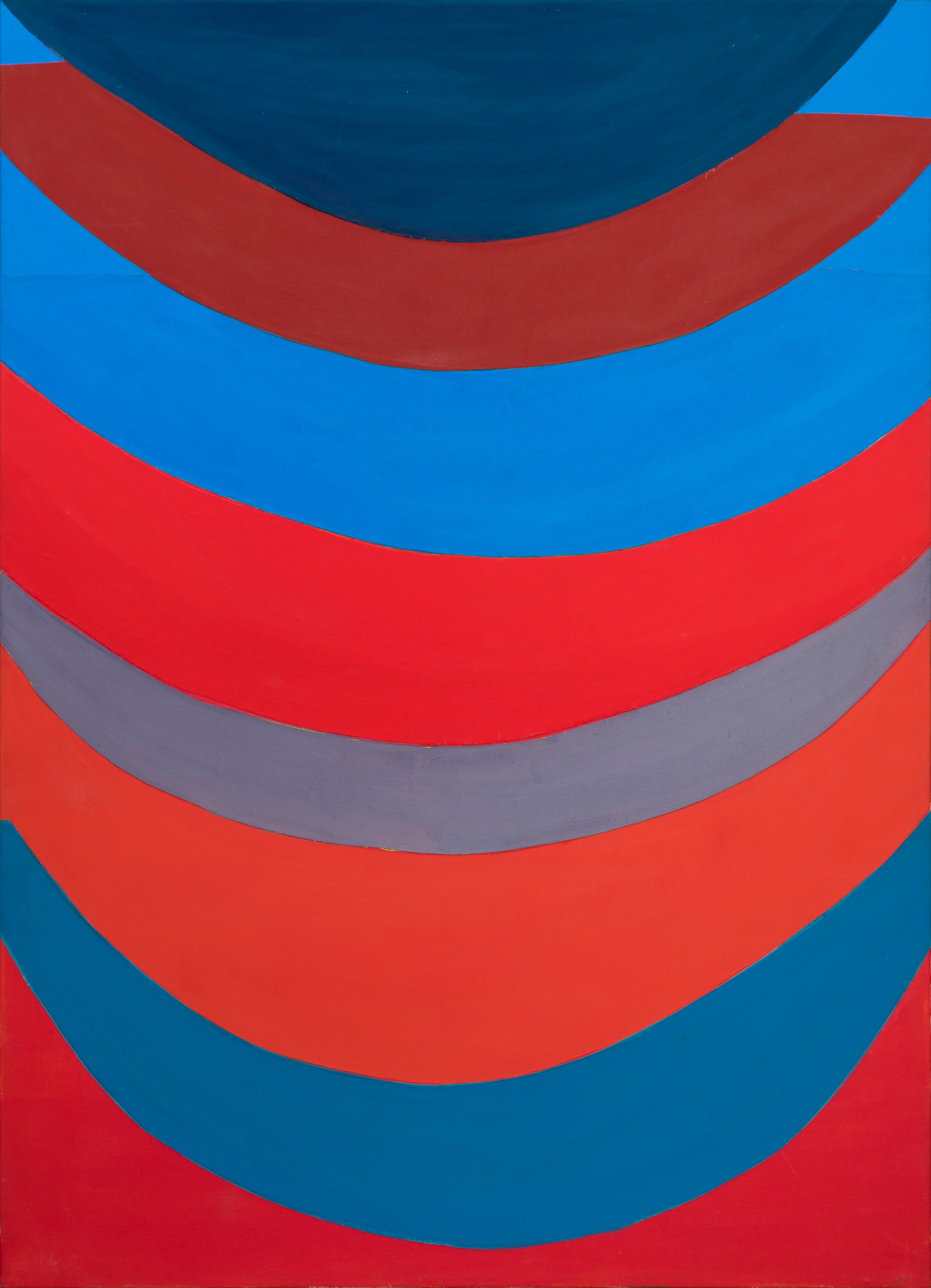
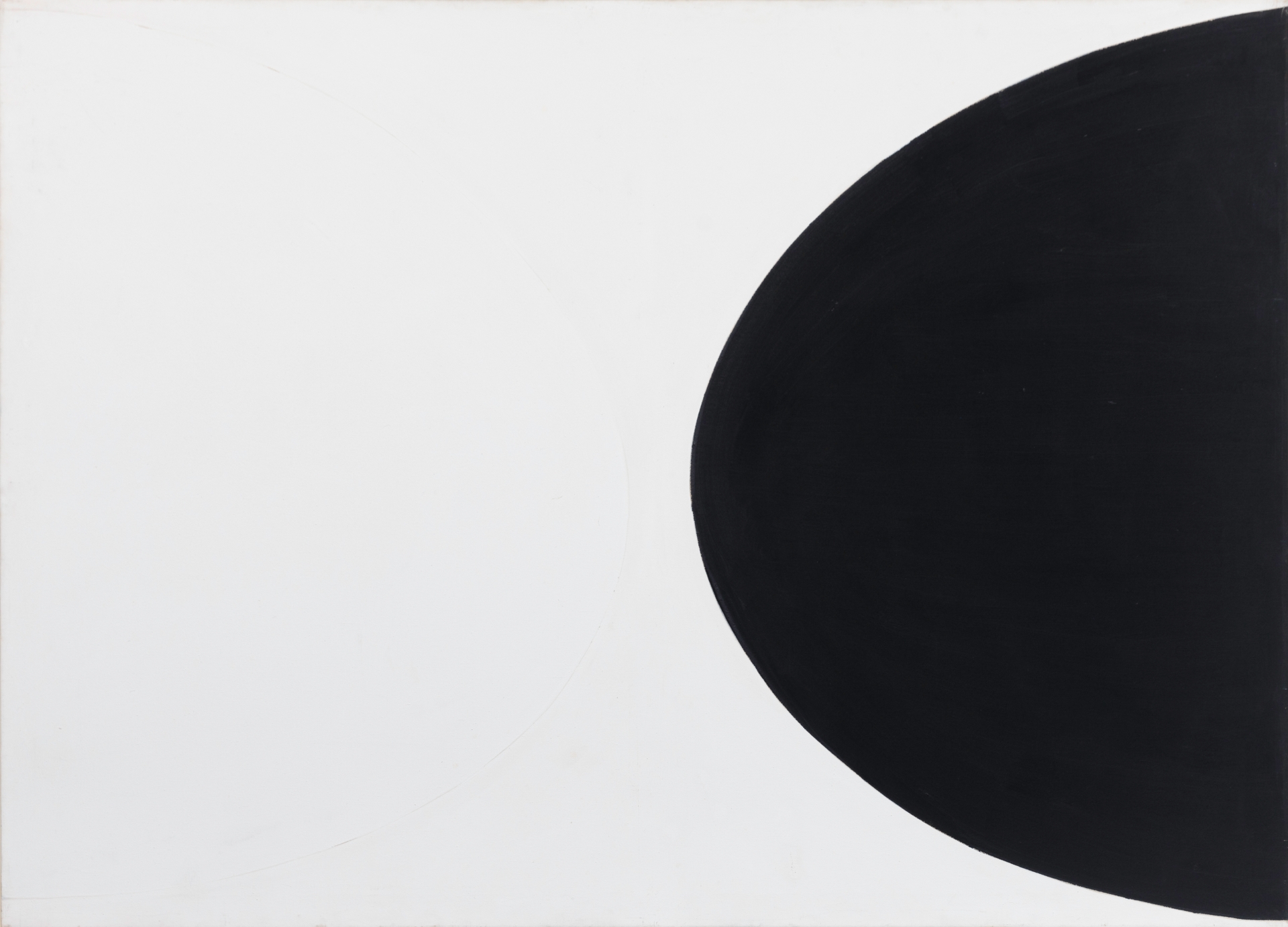
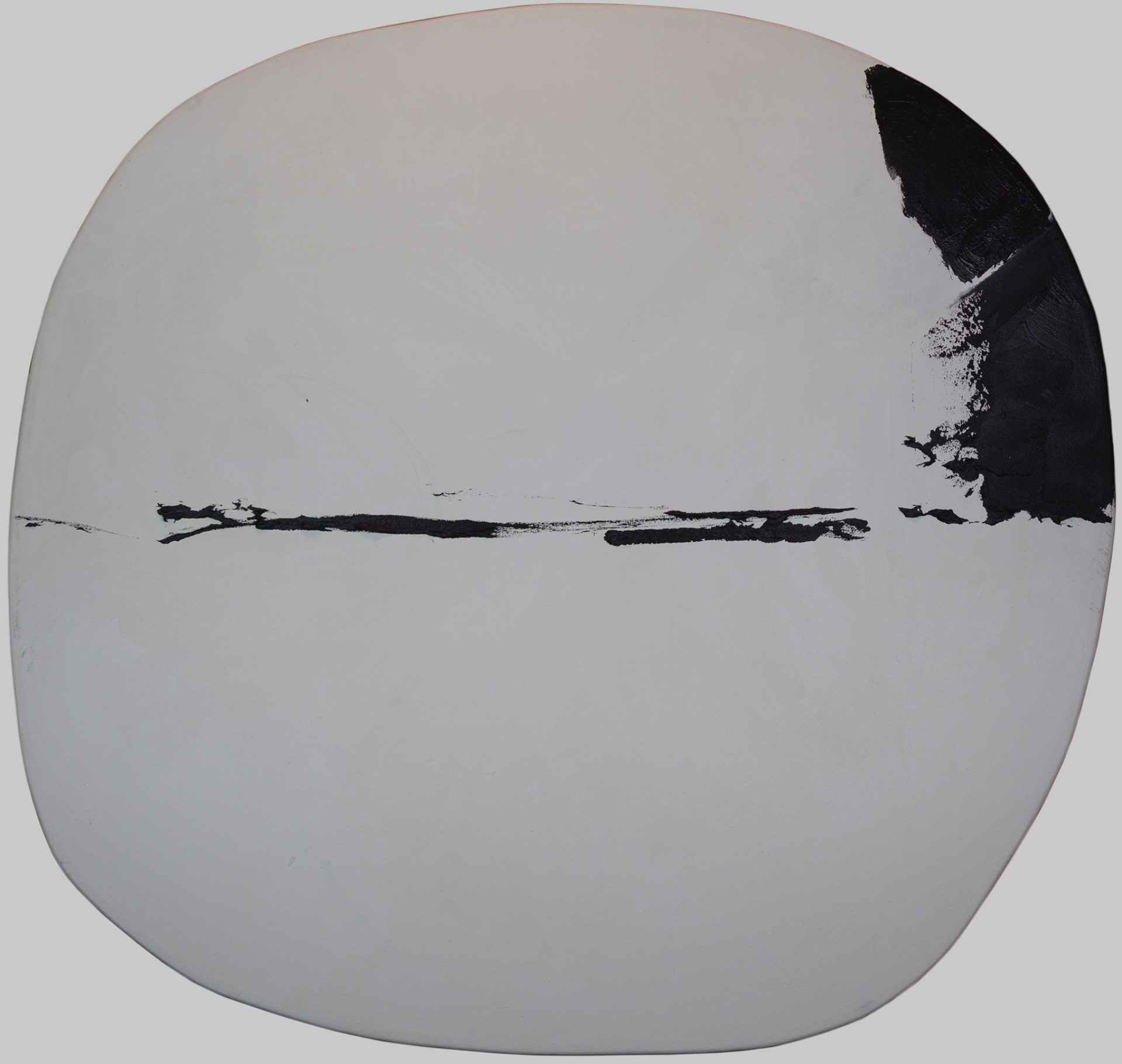
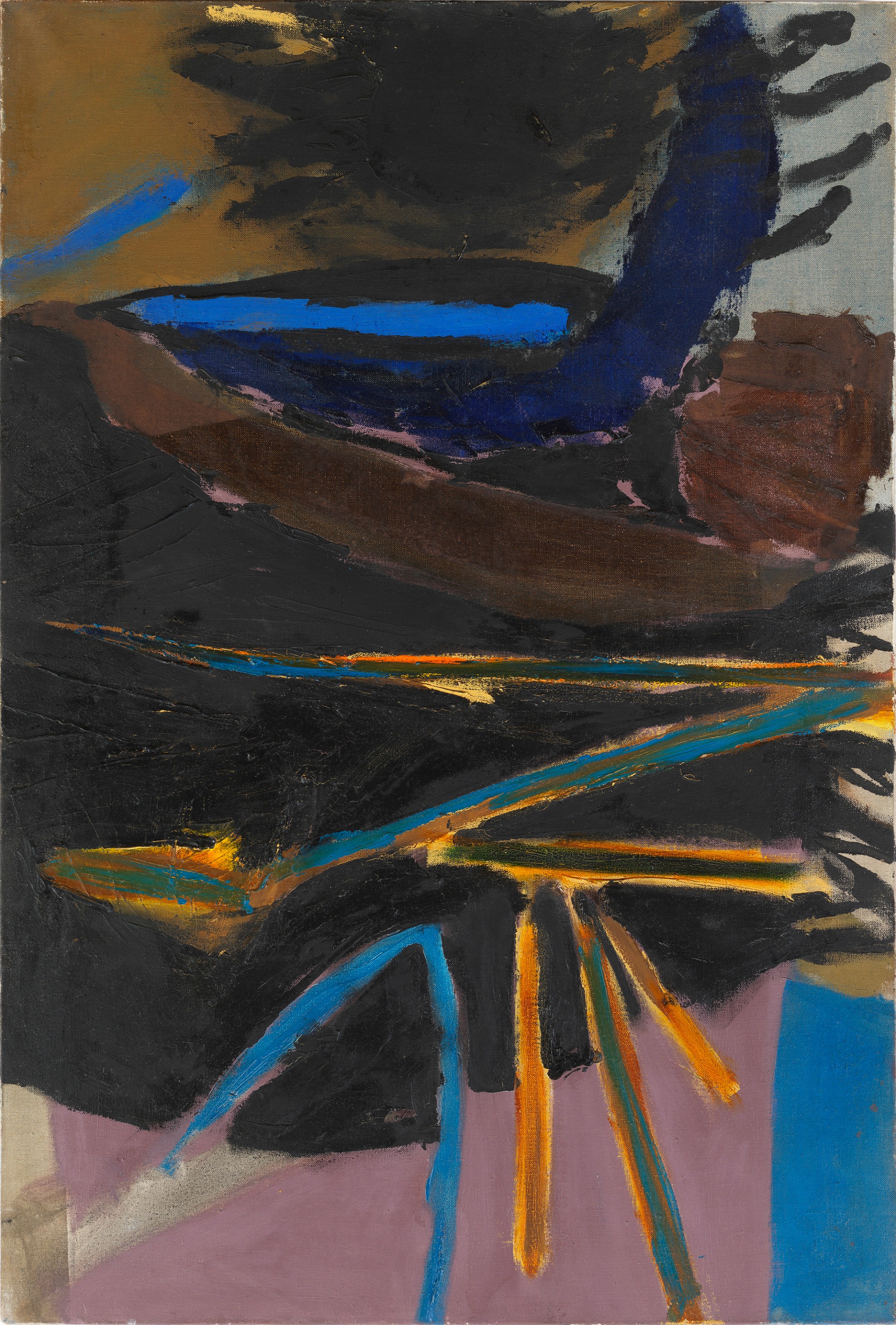
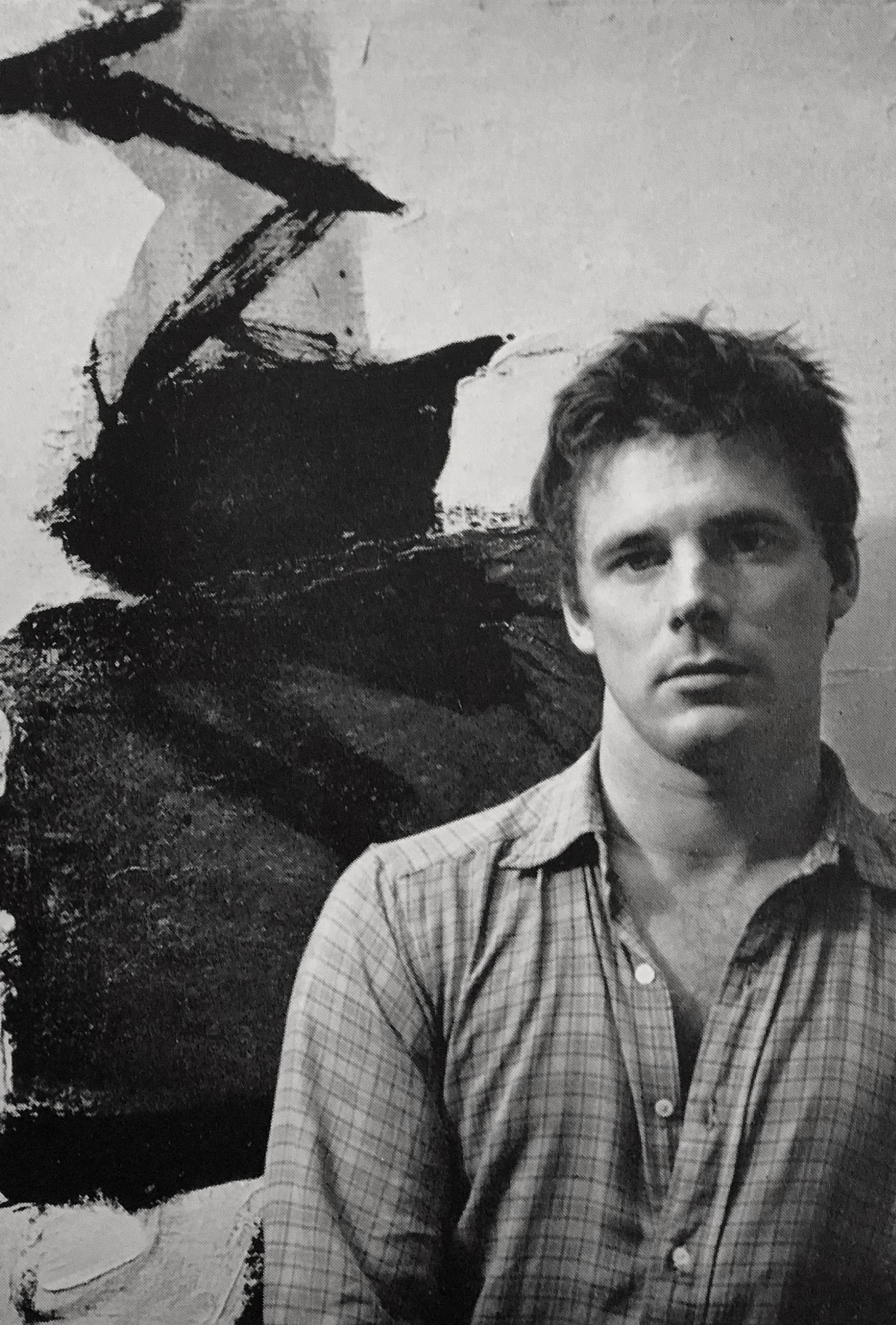
At St Ives, many of them encountered Buddhism among other eastern influences. For instance, Hong Kong born ceramicist Bernard Leach would show alongside the English Buddhist ceramicist William Staite Murray and modernist painters such as Ben Nicholson, obliterating distinctions between art and craft.
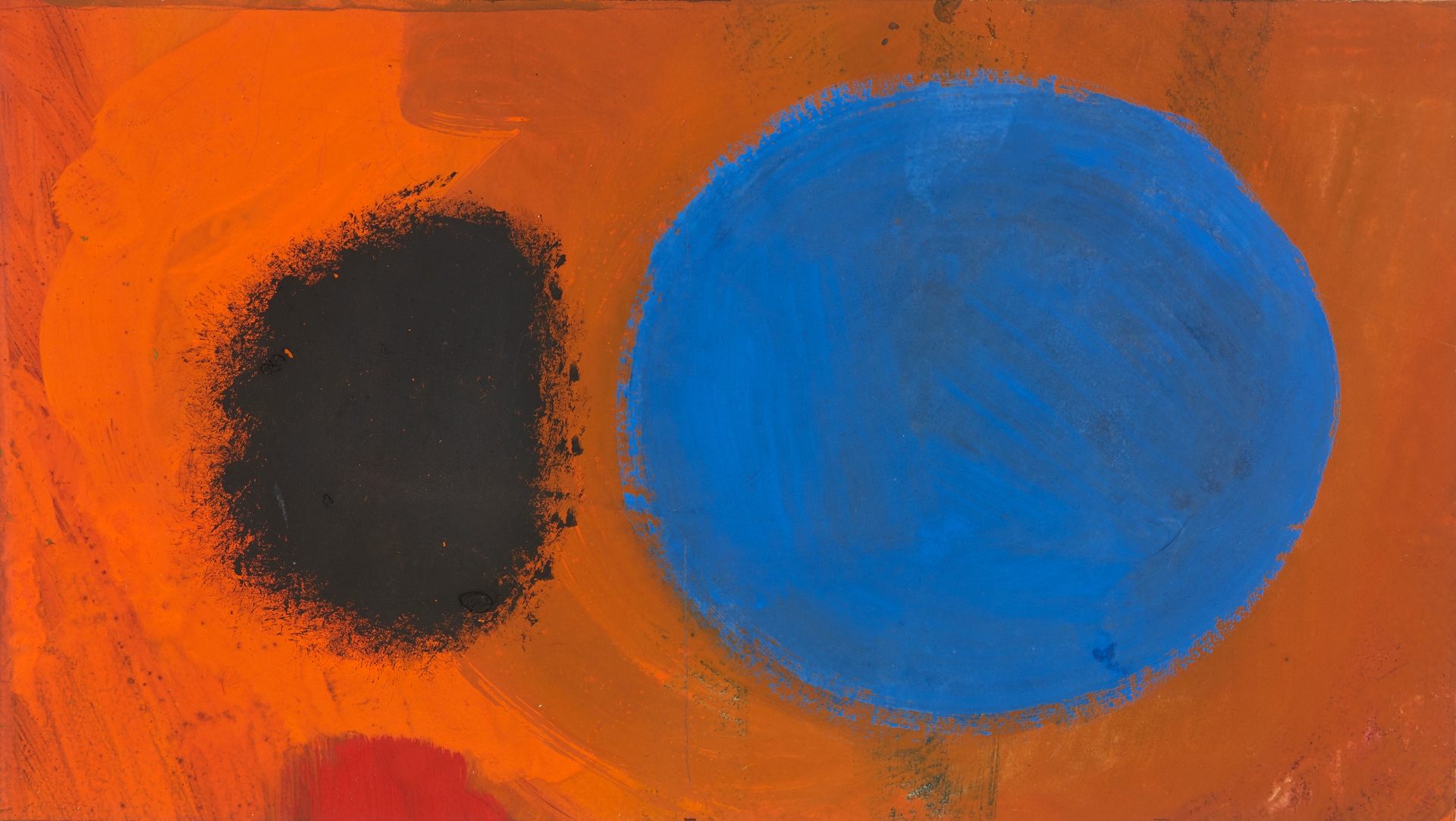
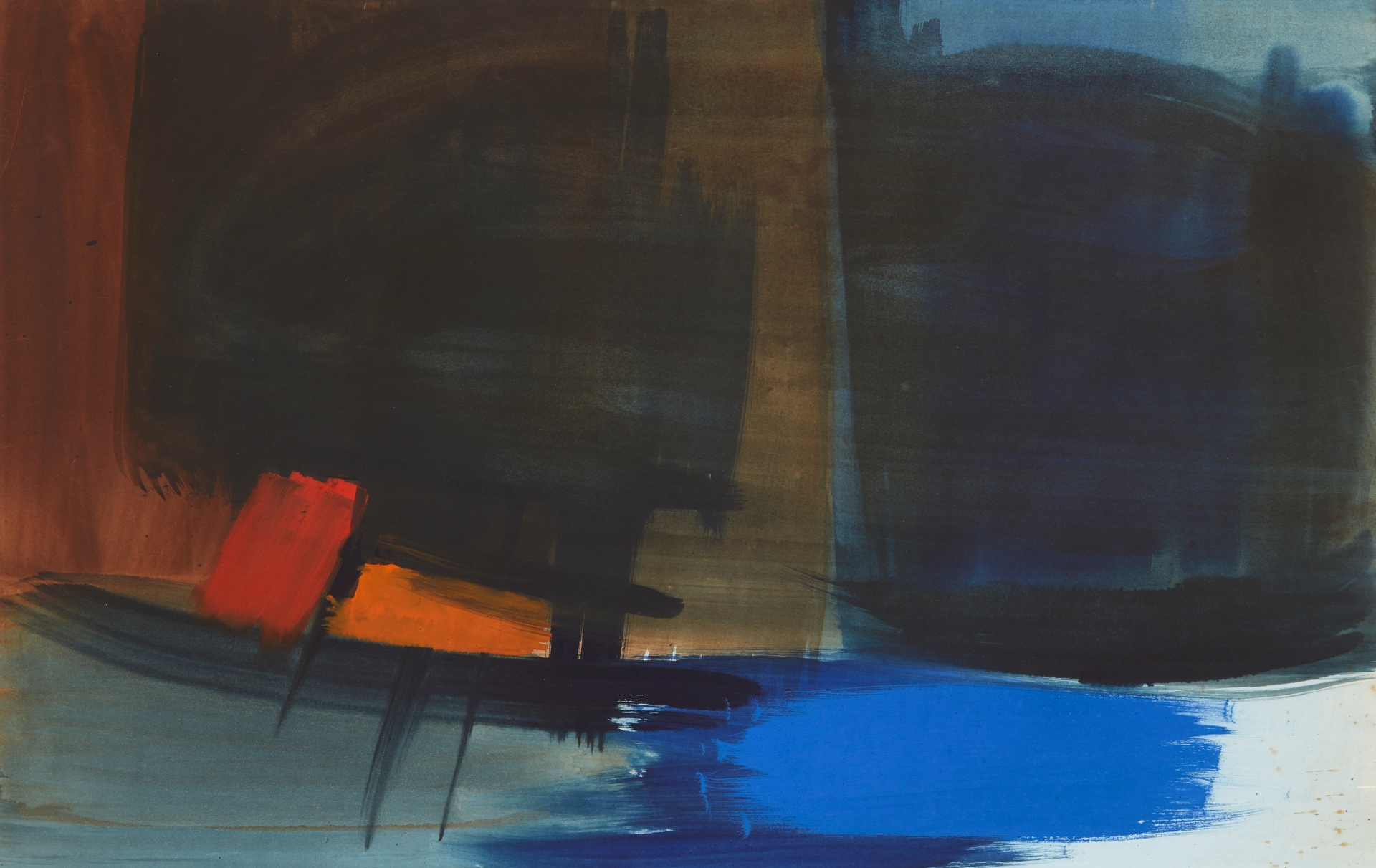
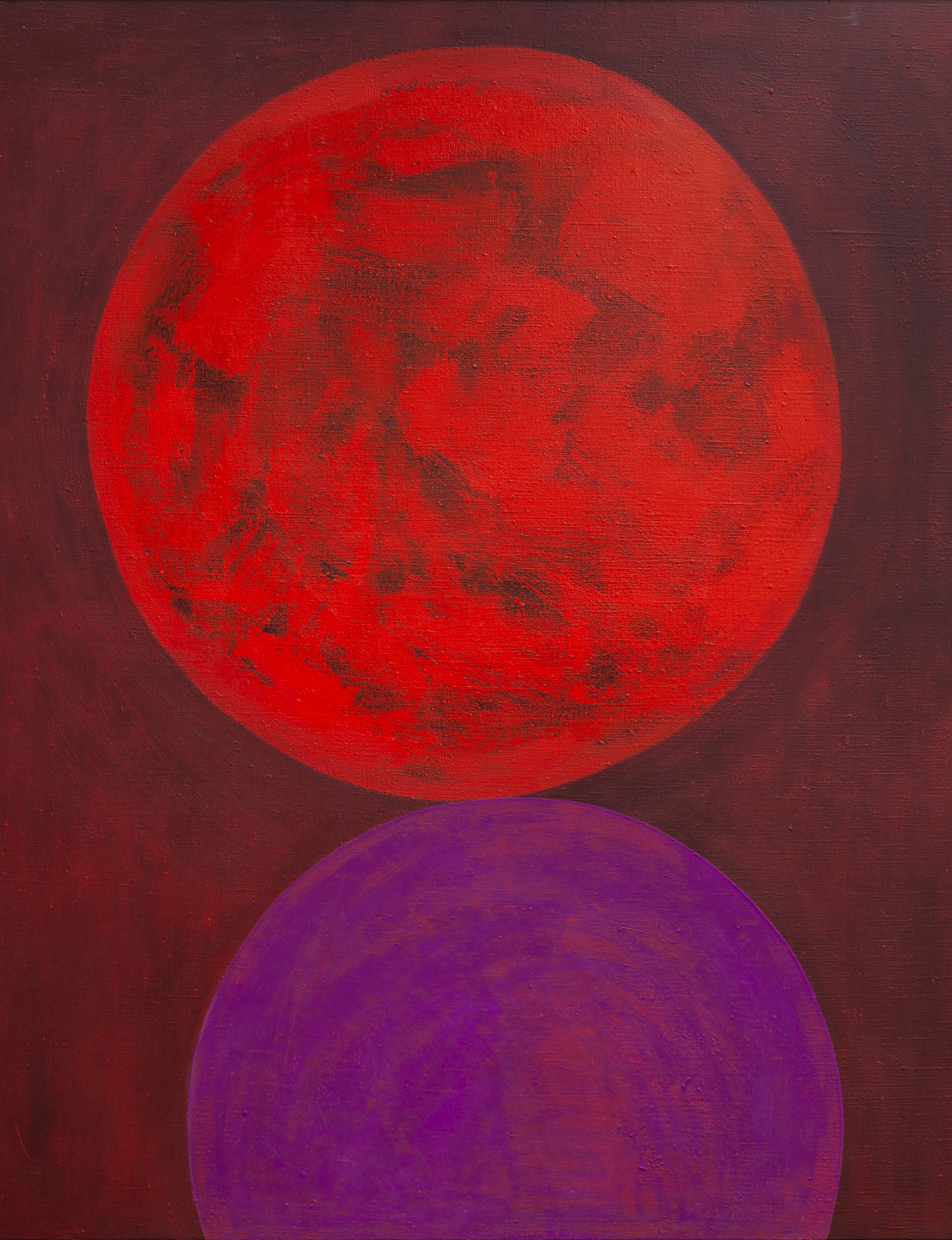
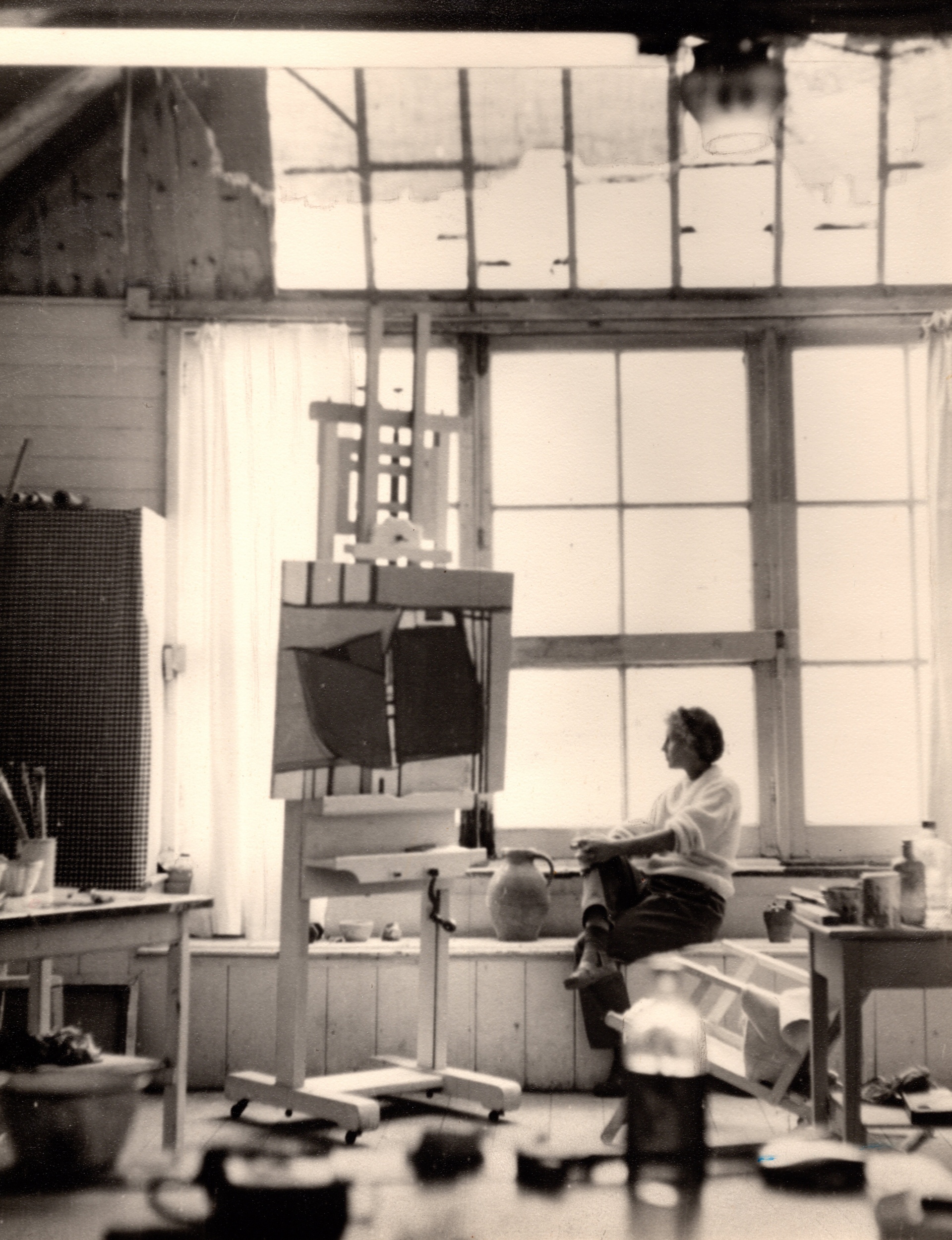
Zen in the Art of Archery (1953) by the German philosopher Eugen Herrigel who lived in Japan before WWII, enjoyed great influence. Its original foreword was written by D.T. Suzuki, the hugely popular Buddhist scholar who stopped over in St Ives in 1955 at the invitation of Bernard Leach. All these contributed to a remarkable body of works documenting the collision of cultures.
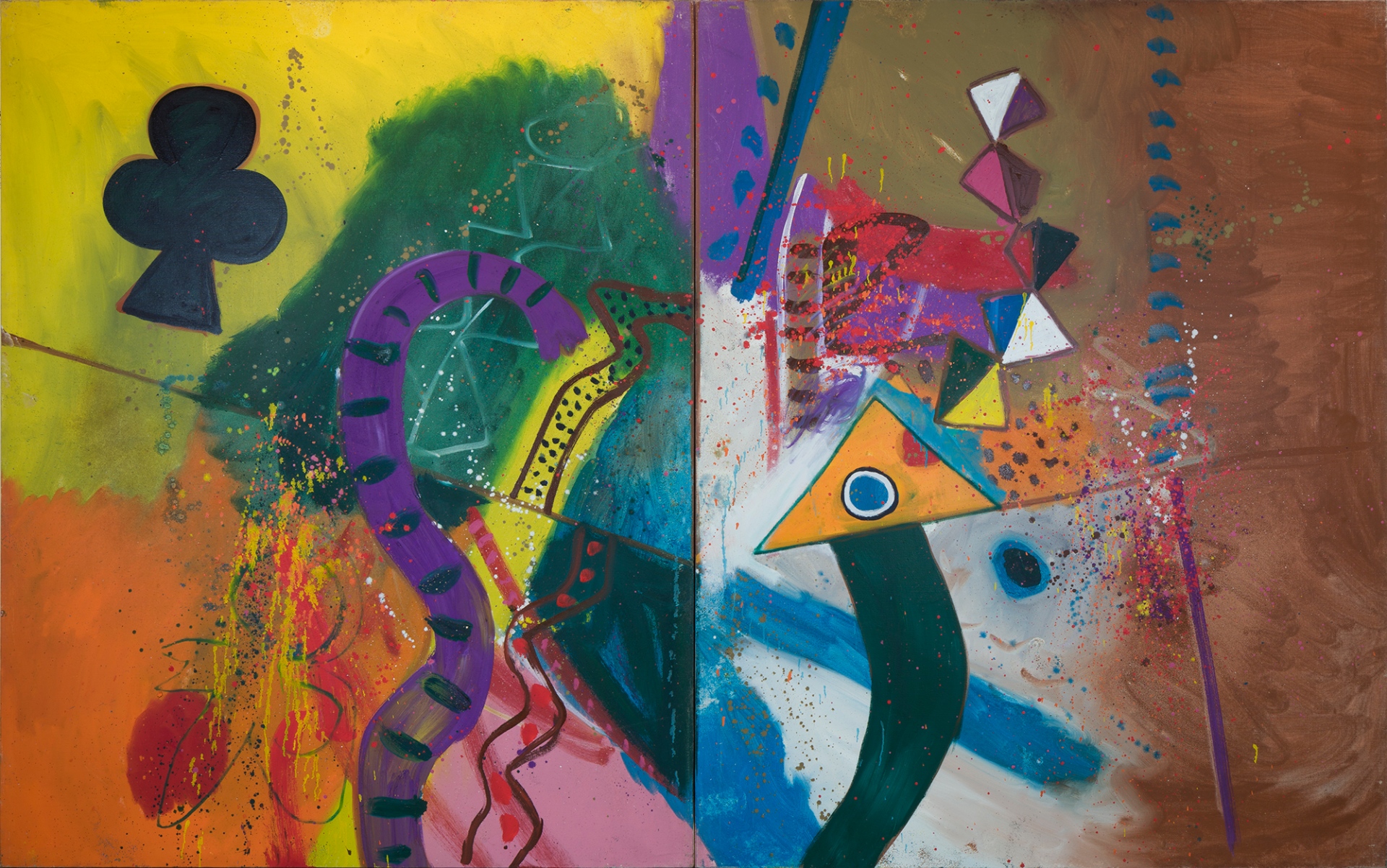
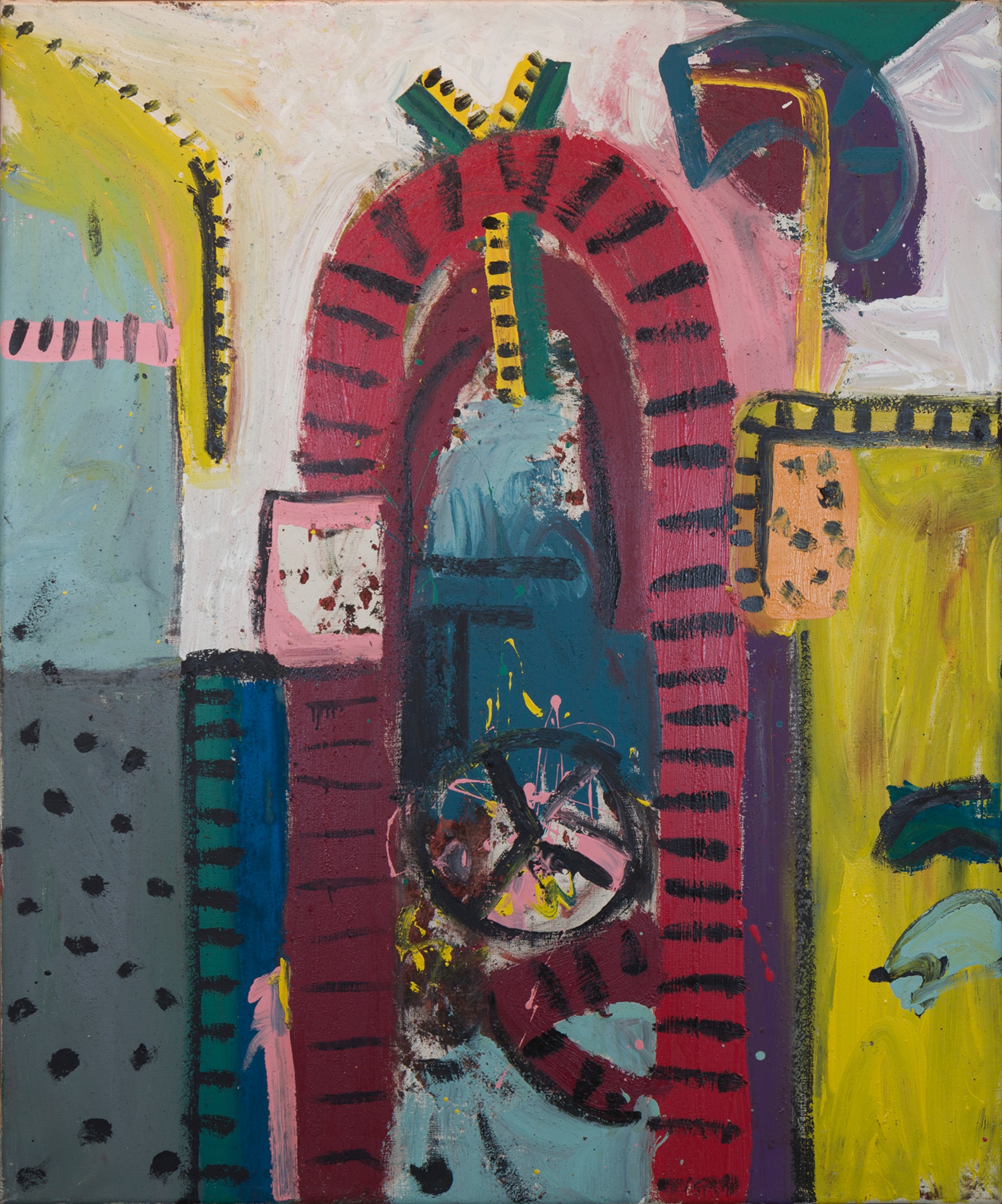
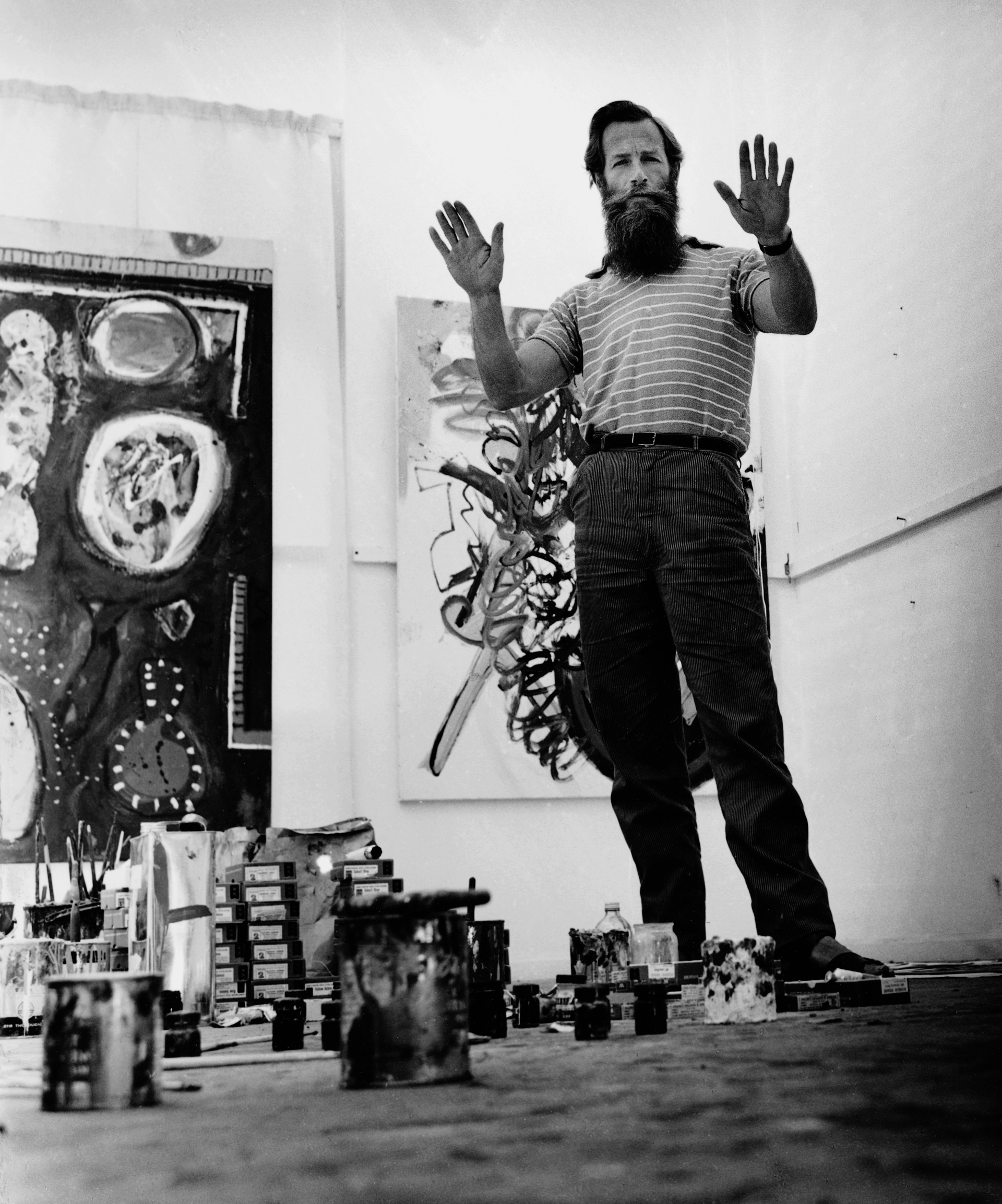
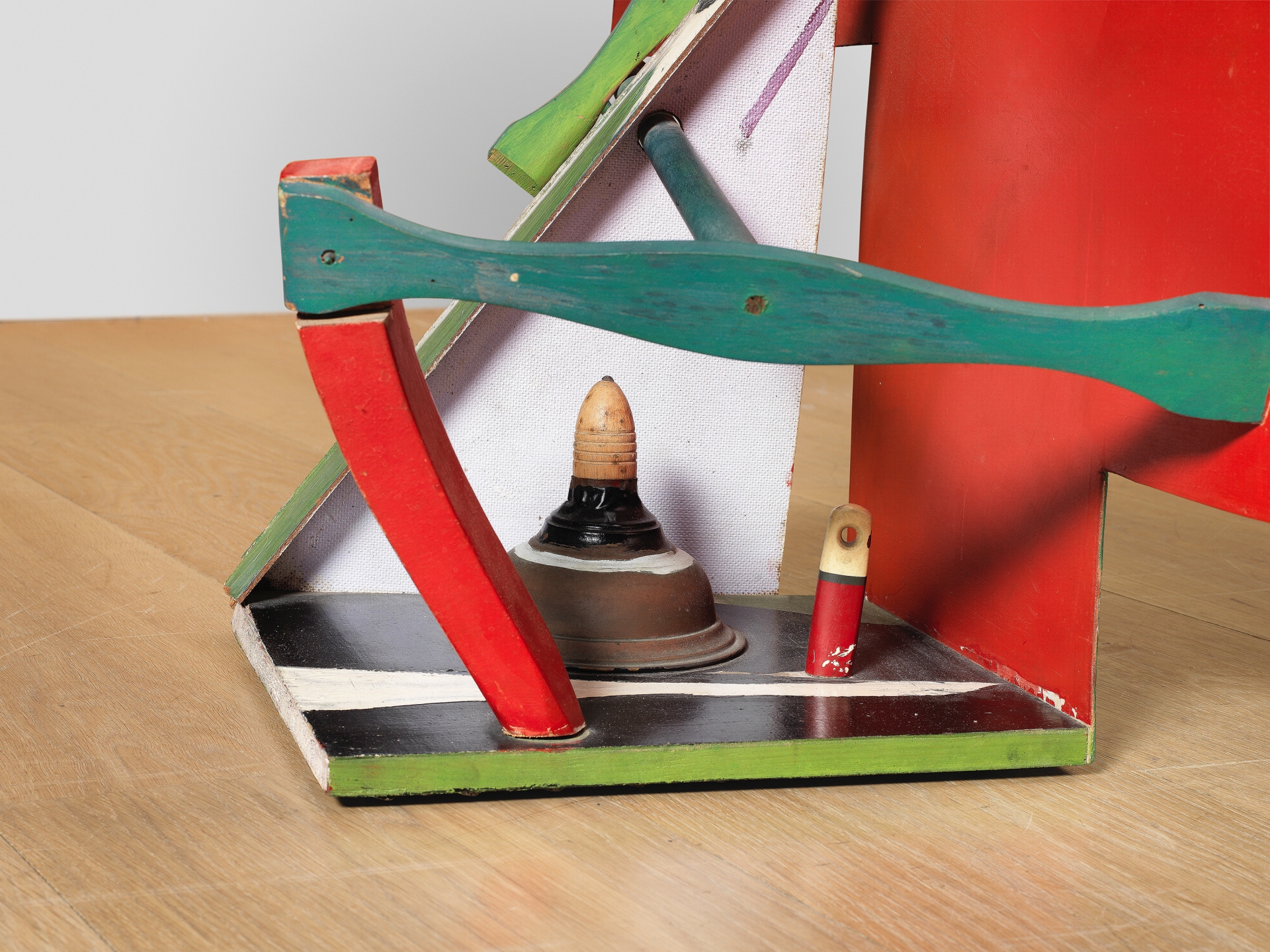
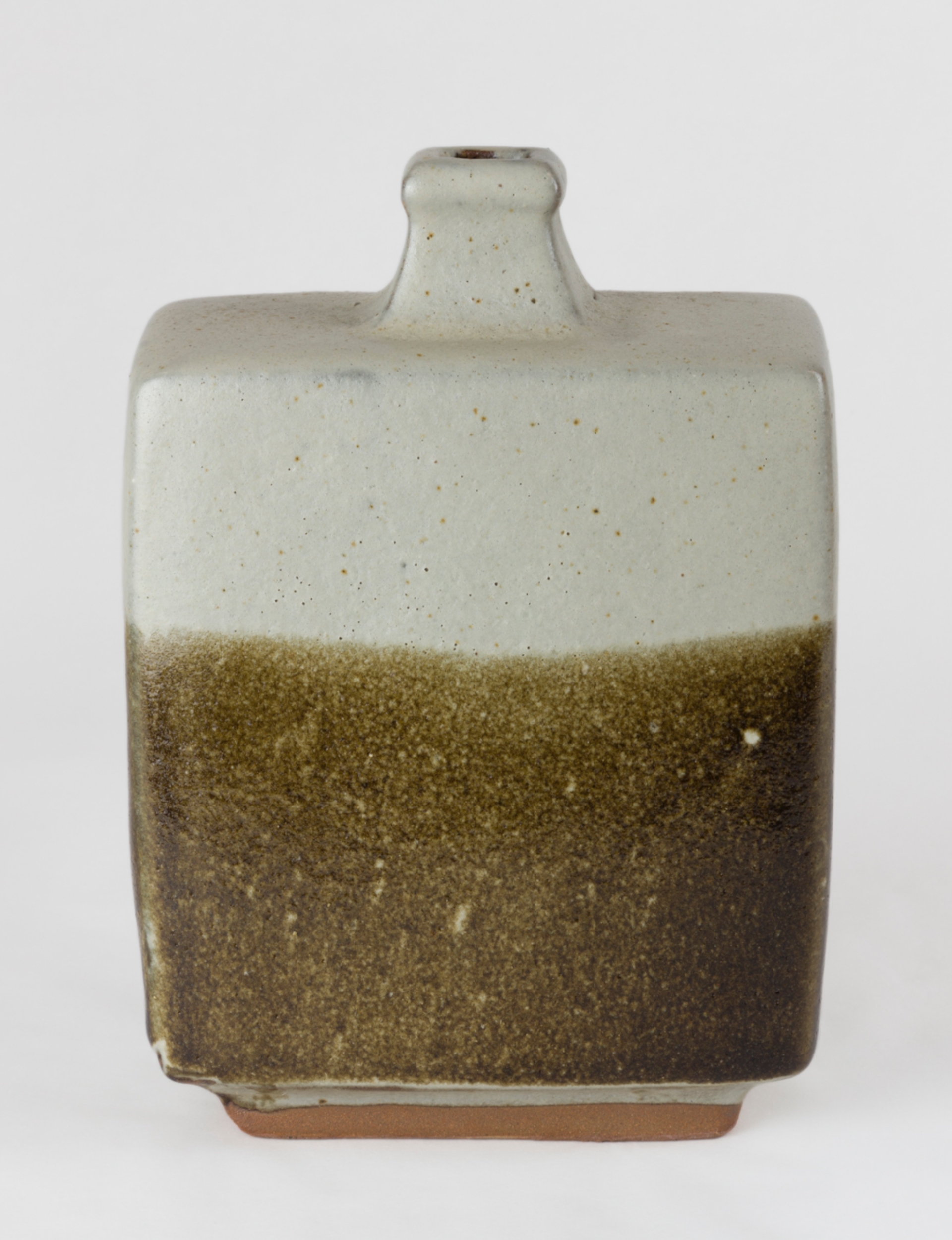
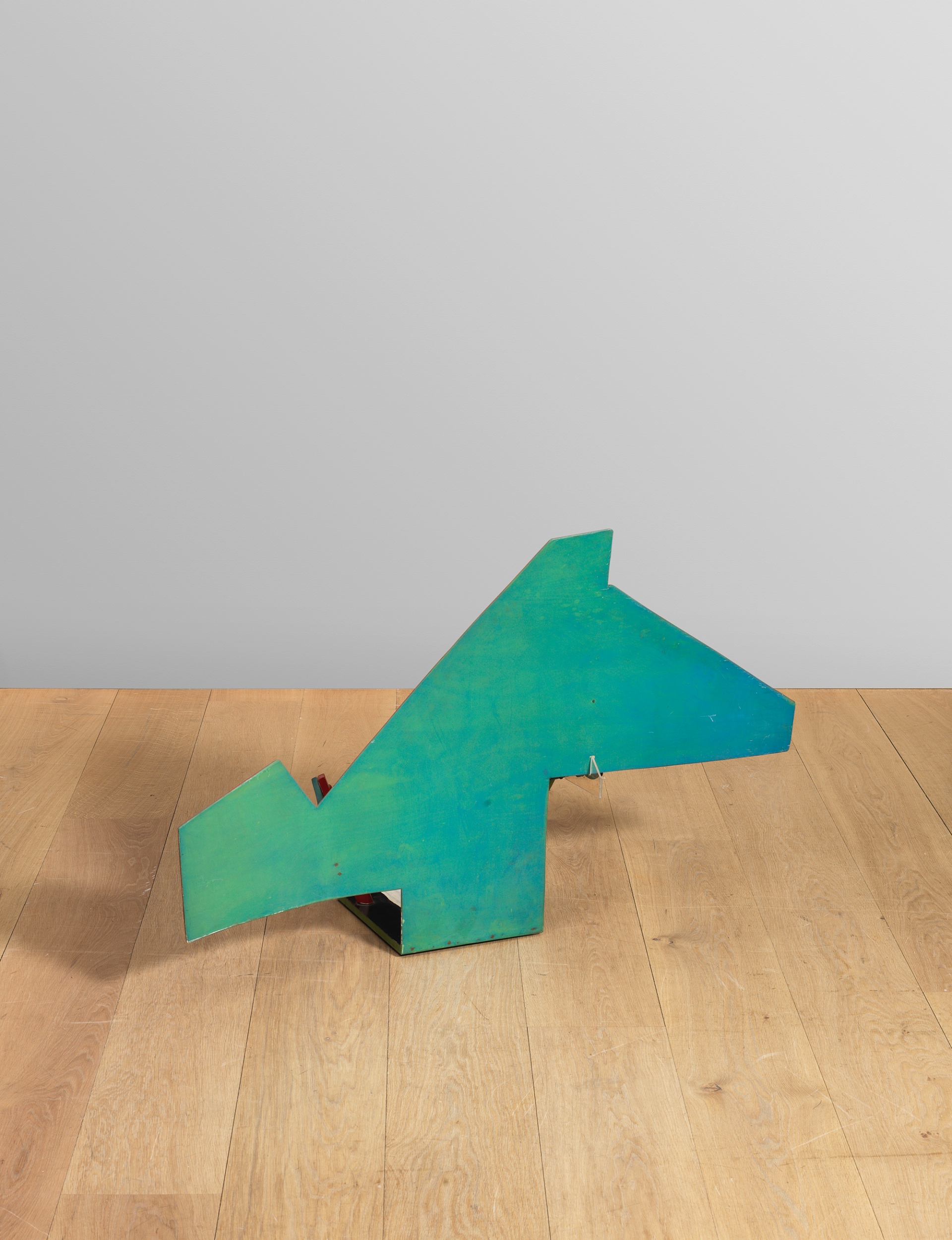
St Ives’ importance was marked by the founding of Tate St Ives in 1993. Museums around the world, from New York’s MOMA to London’s Tate, from the Peggy Guggenheim Collection in Venice to Seoul’s National Museum of Contemporary Art, include works of St Ives artists in their Collections.





